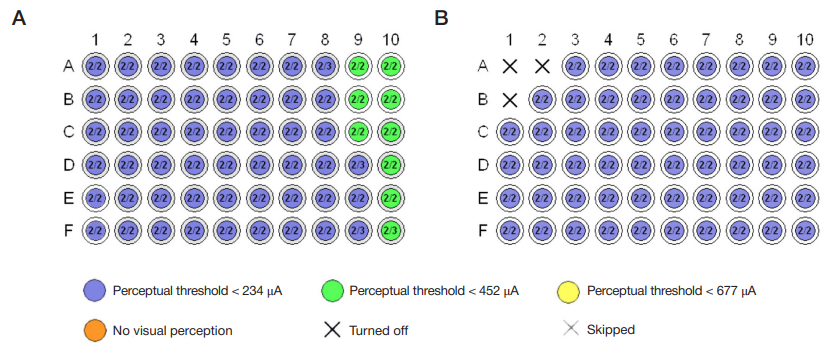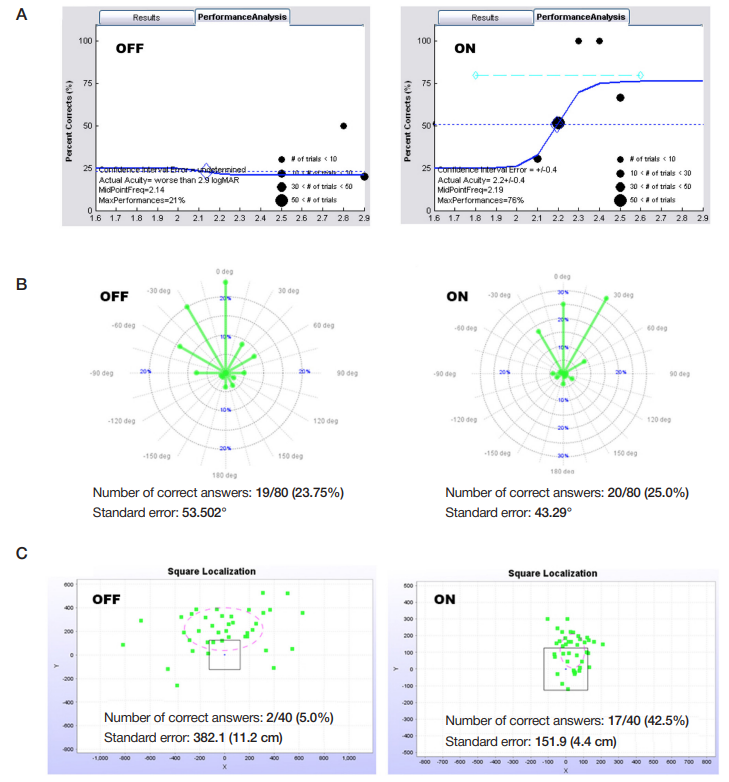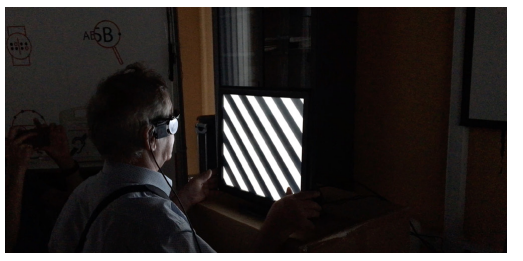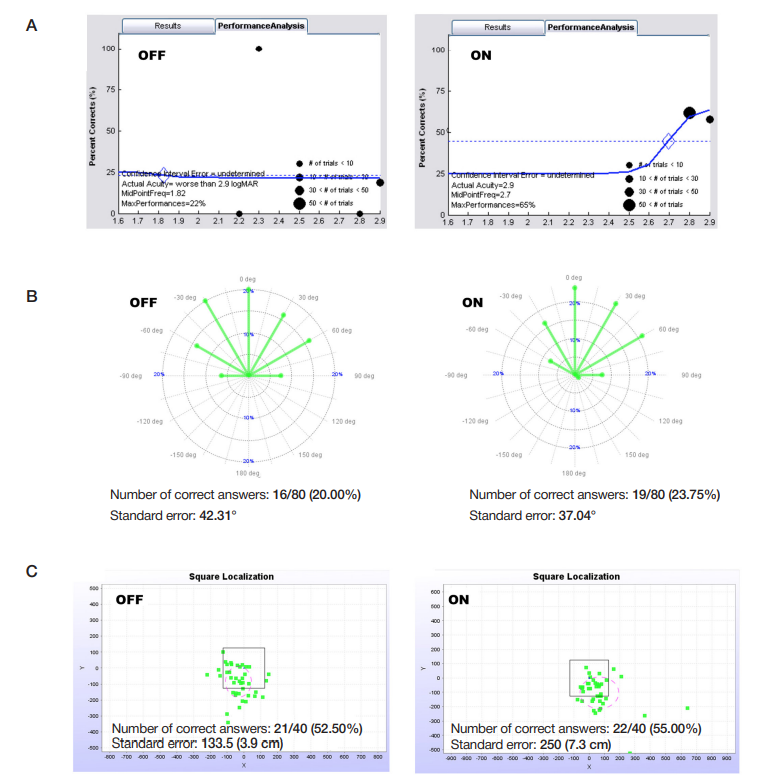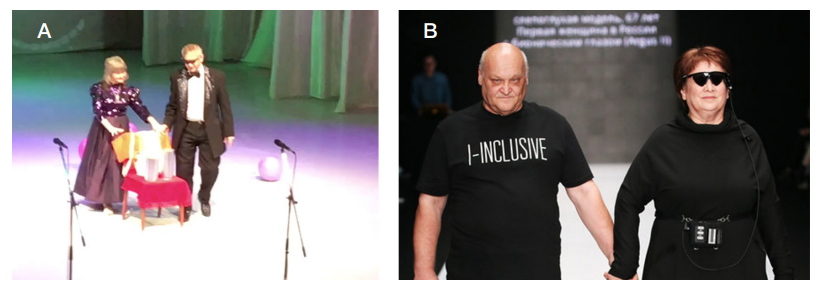
This article is an open access article distributed under the terms and conditions of the Creative Commons Attribution license (CC BY).
METHOD
A bionic eye: performance of the Argus II retinal prosthesis in low-vision and social rehabilitation of patients with end-stage retinitis pigmentosa
1 Pirogov Russian National Research Medical University, Moscow, Russia
2 Scientific Clinical Center of Otorhinolaryngology, FMBA of Russia, Moscow, Russia
Correspondence should be addressed: Pavel V. Gliznitsa
Ostrovintyanova 1, Moscow, 117513; moc.duolci@pastinzilg
Author contribution: Takhchidi KhP — study design, literature analysis, implantation surgery, data analysis and interpretation; Kachclina GF — study design, literature analysis, data analysis and interpretation; Takhchidi NKh — manuscript preparation, literature analysis; Manoyan RA — follow-up observation, rehabilitation sessions, data collection; Gliznitsa PV — follow-up observation, rehabilitation sessions, data collection, manuscript preparation.


